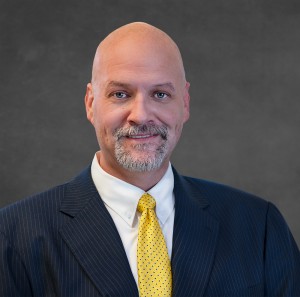- Video Library
- Julius Heil Presents Sterile Processing Express at LSI USA '23
Julius Heil Presents Sterile Processing Express at LSI USA '23

Julius Heil
Senior executive & business leader with demonstrable commercial/operational success. Enhanced top‐line growth & bottom‐line performance of several companies. Led top‐performing & cross‐functional teams across the U.S., Europe & Asia. Extensive and varied board experience. Expertise in strategic leadership; global operations’ supply chain (SC) & new, supporting technology, sourcing, procurement management; strategic planning/ growth; corporate governance; M&A; expansion into emerging markets; Lean Operational Practices; cost management / P&L; on-time performance; and building/ developing/leading and retaining high-performing/inclusive teams. Collaborative, innovative mindset (own 10 US patents) and high energy informs all work.
Concurrently, served as President, CEO & Board Member of Intalere, a group purchasing pioneer—now a provider-led healthcare supply chain company—empowering health-care organizations to elevate their clinical, operational/financial performance. Led Intalere in the creation of significant shareholder value. Built highly-skilled leadership team; developed people, returned the Company to profitability early during tenure, grew revenue, improved security/access, and reduced risk.
Before, served in leadership roles for several companies. Started career with UPS, held progressive roles with a few other companies.
Thought leader, presenter at major industry conferences addressing Fortune 500 executives. Received many industry honors and awards. Numerous professional affiliations.
B.S., Ohio State University (finished extensive Chemical Engineering coursework), Completed the Challenge of Leadership and Blue Ocean Strategy executive program, INSEAD, France.
Julius Heil
Senior executive & business leader with demonstrable commercial/operational success. Enhanced top‐line growth & bottom‐line performance of several companies. Led top‐performing & cross‐functional teams across the U.S., Europe & Asia. Extensive and varied board experience. Expertise in strategic leadership; global operations’ supply chain (SC) & new, supporting technology, sourcing, procurement management; strategic planning/ growth; corporate governance; M&A; expansion into emerging markets; Lean Operational Practices; cost management / P&L; on-time performance; and building/ developing/leading and retaining high-performing/inclusive teams. Collaborative, innovative mindset (own 10 US patents) and high energy informs all work.
Concurrently, served as President, CEO & Board Member of Intalere, a group purchasing pioneer—now a provider-led healthcare supply chain company—empowering health-care organizations to elevate their clinical, operational/financial performance. Led Intalere in the creation of significant shareholder value. Built highly-skilled leadership team; developed people, returned the Company to profitability early during tenure, grew revenue, improved security/access, and reduced risk.
Before, served in leadership roles for several companies. Started career with UPS, held progressive roles with a few other companies.
Thought leader, presenter at major industry conferences addressing Fortune 500 executives. Received many industry honors and awards. Numerous professional affiliations.
B.S., Ohio State University (finished extensive Chemical Engineering coursework), Completed the Challenge of Leadership and Blue Ocean Strategy executive program, INSEAD, France.

17011 Beach Blvd, Suite 500 Huntington Beach, CA 92647
714-847-3540© 2025 Life Science Intelligence, Inc., All Rights Reserved. | Privacy Policy







